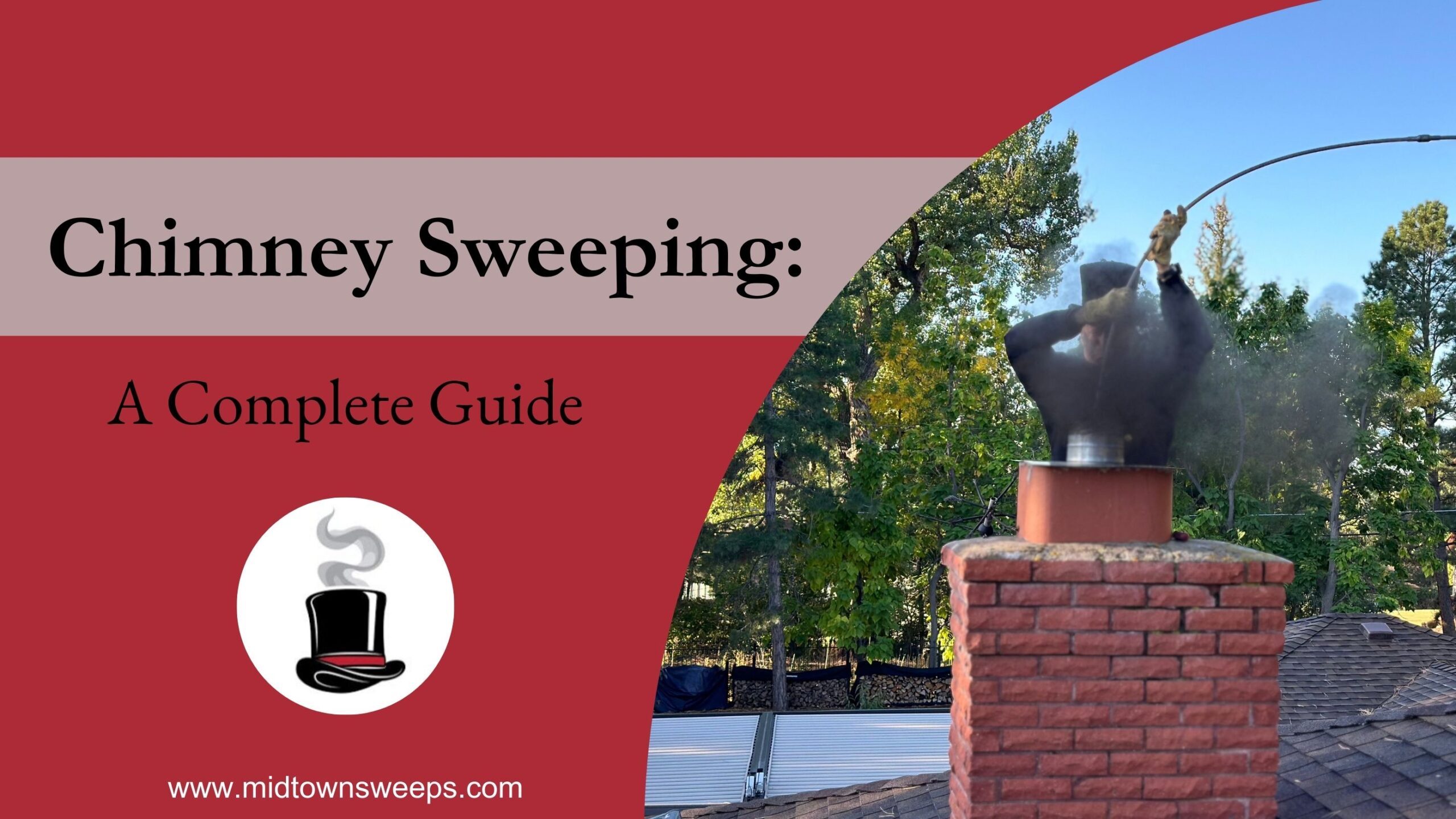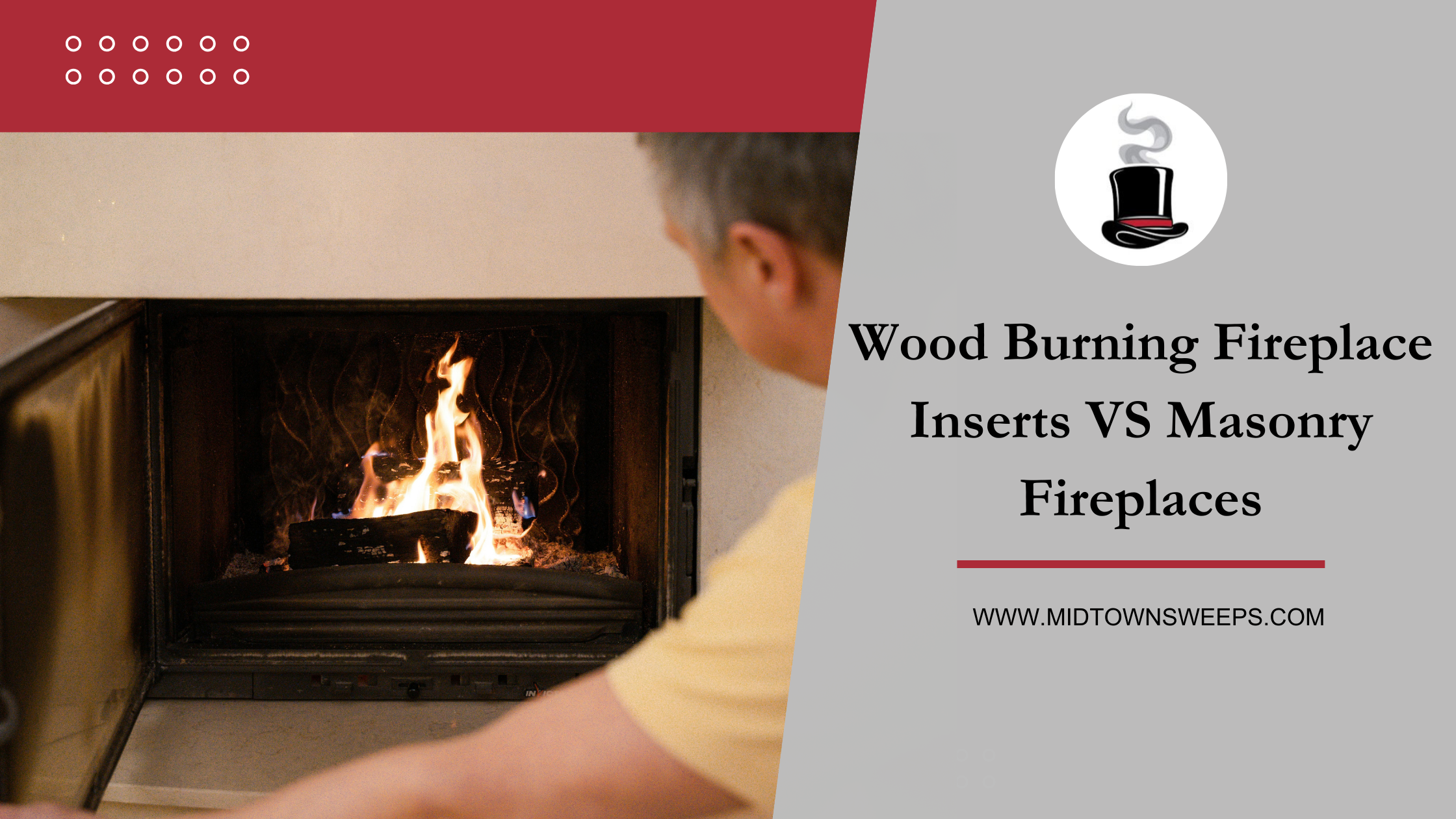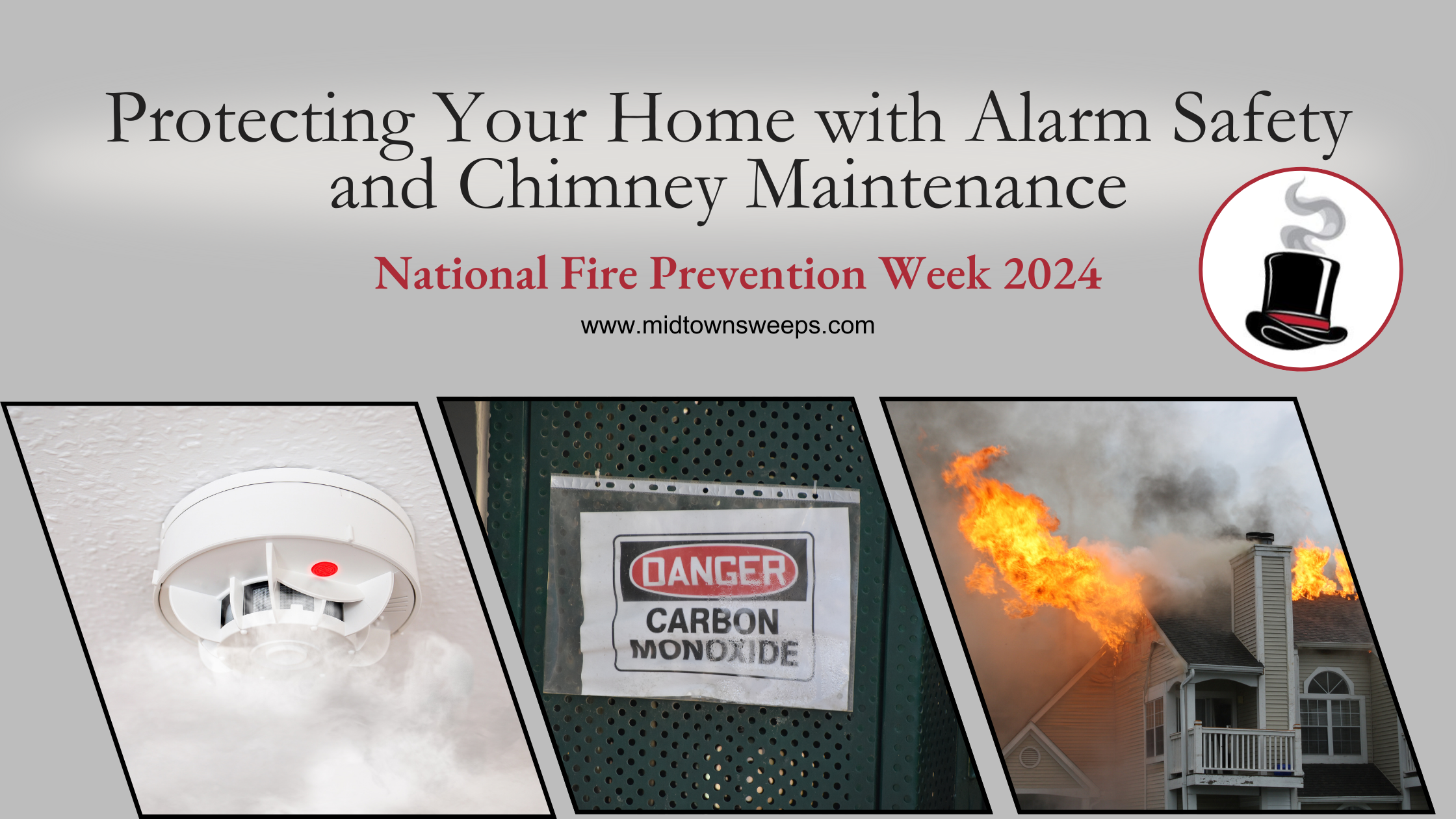Photo credit: Estes Valley Fire Protection District
A fireplace adds charm and warmth to the home, but in order to get the most out of it in the long term, you must ensure that it’s burning safely and efficiently. Hundreds of fires are attributed to heat sources such as chimneys each year and most of these fires don’t need to happen. With regular chimney cleaning and maintenance, you’ll be able to enjoy a warm, efficient, and safe source of heat whenever you need it.
Why Chimney Maintenance is Important
On average, a home has 25 feet of chimney and, like most homeowners, you probably don’t know what’s going on inside there. You could have bird’s nests or you could have creosote, which is one of the leading chimney fire causes. This is why it’s important to have your chimney inspected each and every year.
In addition to having your chimney professionally installed, it’s also important to do heating system checkups as often as possible. This costs a few hundred dollars and should be a part of your chimney’s annual maintenance if you wish to avoid unexpected fires and accidents.
Working smoke detectors are a must on every floor and they should be interconnected so you get the earliest possible warning if there’s a fire in your home. Your home’s safety and value depend on it.
Causes of Chimney Fires
Most chimney fires are caused by burning damp, wet, or greenwood. Burning these materials causes the combustible creosote to form, which is what burns in a chimney fire. As the smoke travels up the chimney, it gets cold, sticking to the inside of the flute to cause a build-up of creosote.
For the best results, avoid burning cardboard trash or season lumber in your fireplace because it can spark a chimney fire.
Another rule of thumb to follow is; if it has plastic content in it, don’t burn it. This includes wood pallets, old fence posts, etc. Burning these materials can leave residue inside the chimney and deteriorate the flexible lining system of your chimney. Only burn kiln-dried or well-seasoned wood, especially if you have a wood-burning stove as well.
How to Prevent Chimney Fires
Chimney fires can only be prevented through proper operation and annual maintenance. This includes annual chimney sweepings to remove the build-up of creosote and other flammable debris and inspections to verify that the chimney is still up to code.
You need to have your chimney swept at least once or twice a year if you use it regularly. Not sweeping regularly can cause soot and creosote to build, which can set the chimney on fire.
Unless you’re an experienced DIY-er, it’s probably a good idea to let the professionals do this. Chimney cleaning and maintenance is a dirty job, you have to get up on the roof and it’s easy to break an important part of your chimney without knowing it, thus inadvertently causing a fire hazard.
Overall, the key to safely enjoying a chimney fire season is to install it right and maintain your chimney annually. This will help you avoid chimney fires and the expenses that come with them.












